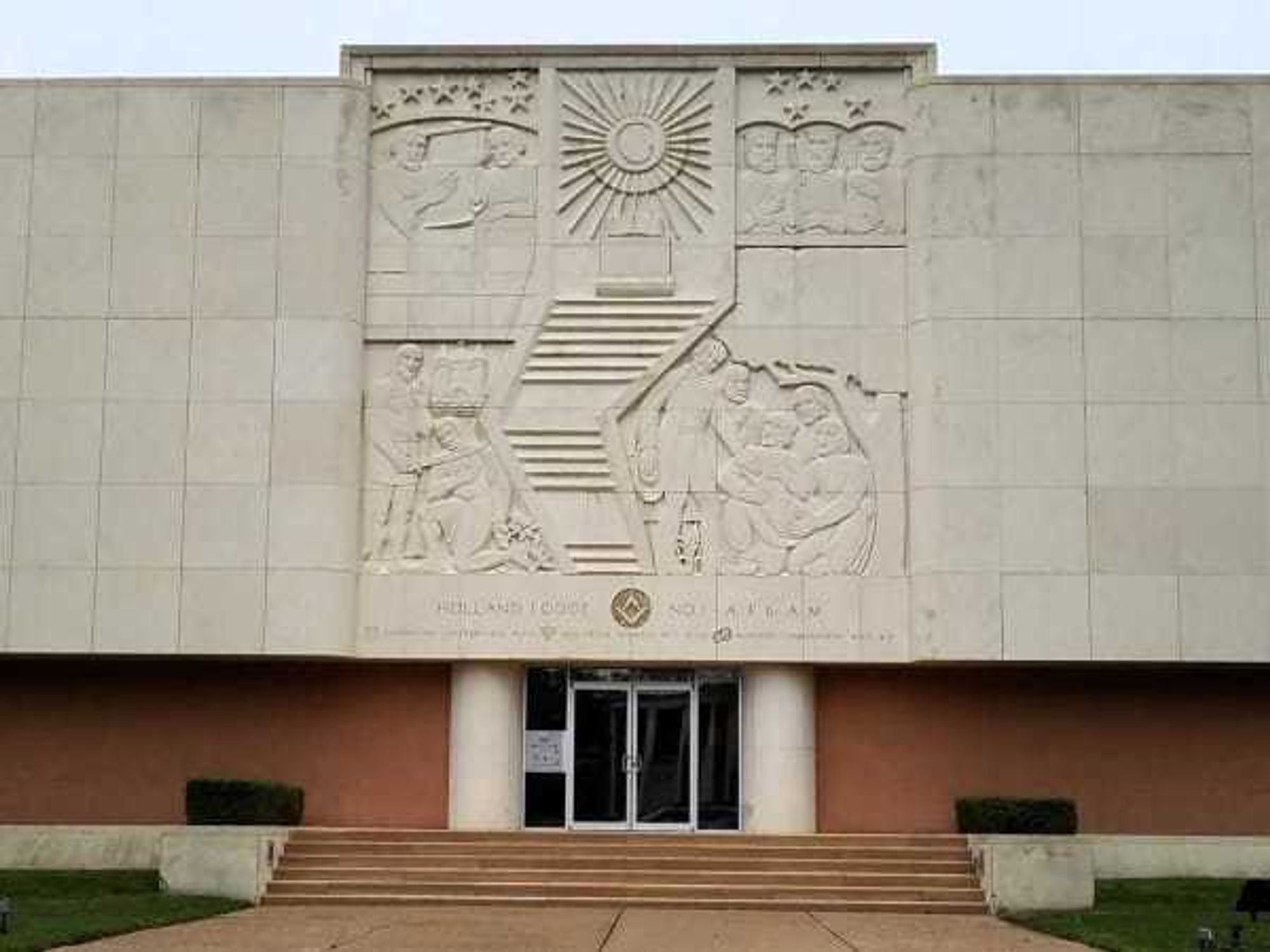Real-life art heist
HPD searches for stolen Renoir with help of noted art detective Robert K.Wittman
 Renoir, Madalaine Leaning on Her Elbow with Flowers in Her Hair
Renoir, Madalaine Leaning on Her Elbow with Flowers in Her Hair Robert K. Wittman, art investigator
Robert K. Wittman, art investigator
At 10 p.m. on the night of Sept. 8, an armed white male entered a Memorial-area home demanding jewelry and money. Faced with a semiautomatic weapon, the panicked victim inside pointed to a painting on the wall — a work by Impressionist master Pierre-Auguste Renoir — and gave its value.
Taking the canvas and its frame, the thief fled the residence, leaving the victim unharmed.
Painted only a year before the artist’s death, Madeline Leaning on Her Elbows with Flowers in Her Hair (1918) is part of a private collection at River Oaks’s Vaughan Christopher Gallery, whose founder also owns the home where the theft occurred.
That same night, only a few hours earlier, noted stolen art investigator Robert K. Wittman gave a talk at the Museum of Fine Arts, Houston to discuss his recent memoir, Priceless: How I Went Undercover to Rescue the World’s Stolen Treasures.
While both the Vaughan Christopher Gallery and the MFAH’s European art curator Edgar Peters Bowron were unable to comment, Wittman offered to shed some light on the crime, although he couldn’t share specifics.
“Sometimes thefts are made to look accidental, to look a certain way, but sometimes not,” the detective, whose Philadelphia-based firm is assisting with the investigation, told CultureMap. “You can’t make that determination until the case is solved and the work is retrieved.”
“It’s not really like it is in the movies,” he said politely in response to extensive questions about international black market art networks.
“We hope to get it back quickly,” he continued, and said that in cases where the thief is unaware of the exact value of the painting, there are few places to go. Often times, the artwork simply will resurface.
Last month, a Rembrandt drawing stolen from the Ritz-Carlton hotel in Los Angeles County surfaced only days later at an Episcopal church in Encino. (In another almost cinematic twist, LAPD investigators are currently unable to verify the authenticity of the piece.)
The piece stolen in Houston is one of Renoir's later works and is today valued at around $1 million, making it a potentially tough piece to unload.
In spite of the rheumatoid arthritis that kept him bound to a wheelchair, Renoir was incredibly prolific throughout the last two decades of his career. Having distanced himself from the Impressionist movement that brought him to fame, he focused on portraiture during the early 20th century, rather than on capturing moments of everyday life.
An exhibition titled Late Renoir brought recent attention to the artist’s later work and experiments and traveled throughout 2009 and 2010 to the Grand Palais in Paris, the Los Angeles County Museum of Art and the Philadelphia Museum of Art.
"We tend to overlook Renoir's work after the 1880s, but his later career is a provocative period that had a huge impact on modern art," said Philadelphia Museum of Art curator Jennifer Thompson, who helped organize the Late Renoir exhibition. "Both Picasso and Matisse were particularly intrigued with the artist's later work."
Robert Wittman’s firm is currently offering up to $25,000 for any information leading to the recovery of the stolen Renoir. His office can be contacted at 610-361-8929. Crime Stoppers of Houston is offering up to $5,000 for information leading to the identification and arrest of the suspect (or suspects). You can call that organization’s hotline at 713-222-TIPS.

 The building at 4911 will be torn down for the new greenspace. Holland Lodge No. 1, A.F. & A.M./Facebook
The building at 4911 will be torn down for the new greenspace. Holland Lodge No. 1, A.F. & A.M./Facebook